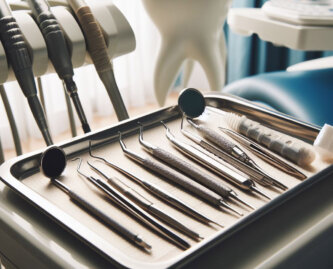One of the less exciting aspects of dentistry, but one of great importance, is occlusion. Occlusion refers to how your teeth come together in a variety of situations, for example, chewing, talking and sleeping. Occlusion is often referred to as your bite, and it varies from person to person.
When you are initially examined by your dentist, he will check the health of your gums (foundation), the health of your teeth (cavities and old dental restorations) and the health of your occlusion (bite). Problems with occlusion can cause a variety of symptoms, ranging from mild to severe. Malocclusion can present itself through cracked teeth, headaches, neck pain, unusual wear of the teeth surfaces, just to name a few issues.
Dentists handle bite problems in a variety of ways, depending on the severity of the problem. It may be a simple bite adjustment, orthodontic movement of the teeth, or, in advanced situations, jaw surgery. Severe occlusal problems may also include temporo-mandibular disorder issues, requiring a dentist who has had additional training in treating these problems.
Common dental occlusion issues are overbites and underbites. The overbite occurs when the teeth in the upper jaw overlap the teeth in the lower jaw. The reverse situation is the underbite where the teeth in the lower jaw overlap the teeth in the upper jaw. These types of problems are usually resolved, with a high degree of success, through orthodontic treatment.
Dentists deal with occlusion daily. When you have dental work completed, for example crowns, bridges and other restorative and cosmetic work, your dental professional will “check your bite” to ensure that your site-specific dental work does not negatively affect your overall occlusion. Occasionally, you will be sent home and asked to allow your work to “settle in” before returning to the office later for additional fine tuning.
Paying close attention to one’s overall bite/occlusion will go a long way in keeping teeth healthy (both clinically and aesthetically) for a lifetime.



